
-
Find the right food for your petTake this quiz to see which food may be the best for your furry friend.Find the right food for your petTake this quiz to see which food may be the best for your furry friend.Health CategoryFeatured products
 Puppy Large Breed Chicken & Brown Rice Recipe
Puppy Large Breed Chicken & Brown Rice RecipeVital nutrients to support 5 essential building blocks for lifelong health
Shop Now Adult Chicken & Barley Recipe Dog Food
Adult Chicken & Barley Recipe Dog FoodSupports lean muscle and beautiful coat for adult dogs
Shop Now Adult 7+ Small & Mini Chicken & Brown Rice Recipe Dog Food
Adult 7+ Small & Mini Chicken & Brown Rice Recipe Dog FoodFor the unique nutritional needs of mature Small & Mini dogs
Shop NowFeatured products Adult Perfect Weight Salmon & Vegetable
Adult Perfect Weight Salmon & VegetableOver 70% of cats lost weight within 10 weeks when fed this nutrition
Shop Now Adult Indoor Savory Chicken Entrée Cat Food
Adult Indoor Savory Chicken Entrée Cat FoodPrecisely balanced nutrition for indoor cats with the delicious taste of savory minced chicken
Shop Now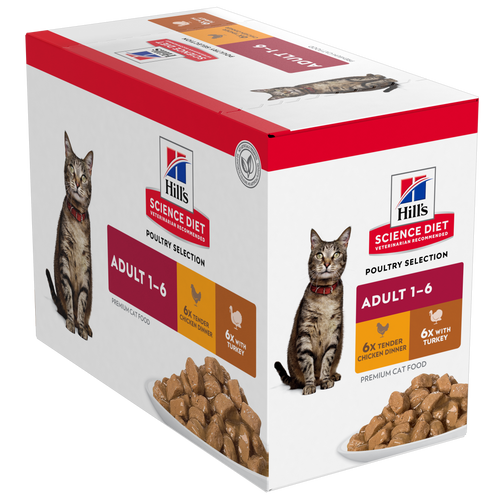 Adult Tender Chicken Dinner Cat Food
Adult Tender Chicken Dinner Cat FoodPrecisely balanced nutrition in two delicous flavours to help fuel the energy needs of cats during the prime of their life
Shop Now -
DogCat
- Cat Tips & Articles
-
Health Category
- Weight
- Skin & Food Sensitivities
- Urinary
- Digestive
- Kidney
- Dental
- Serious Illness
-
Life Stage
- Kitten Nutrition
- Adult Nutrition
Featured articles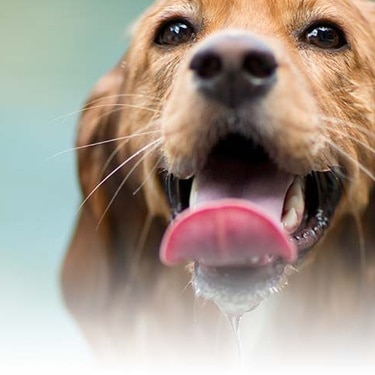 Water
WaterWater is the most important nutrient of all and essential for life. Animals can lose almost all their fat and half their protein and still survive, but if they lose 15% of their water, it will mean death.
Read More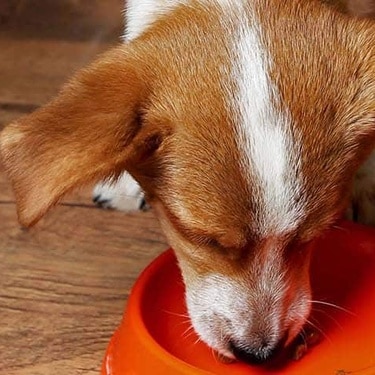 The Right Diet For Your Pet
The Right Diet For Your PetLearn what to look for in healthy pet food & nutrition, including ingredients, quality of the manufacturer, your pet's age, and any special needs they have.
Read More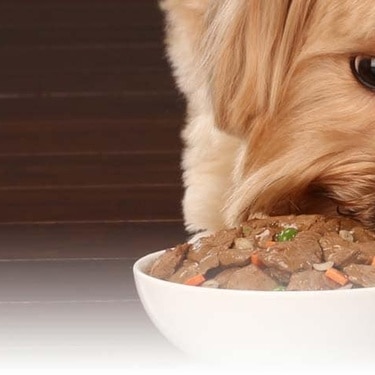 Pet Food Storage Tips
Pet Food Storage TipsWhere you store your cat and dog food can make a big difference in the quality and freshness once it is opened. Here are some common questions and recommendations for optimal storage for all of Hill’s dry and canned cat and dog food.
Read More -


You just noticed that your pet has some spotting on their body, and your veterinarian informed you that it's from vitiligo. But what is vitiligo in dogs and cats? Read on below around what you need to know.
What Is Vitiligo in Dogs & Cats?
Vitiligo is a rare skin condition that some humans may develop, but so can cats and dogs. A human or animal with this condition experiences depigmentation, which occurs when the skin loses its natural pigments. The skin will turn white (or light pink) in patches and hair in those spots can also turn white.
Vitiligo in animals occurs because of a lack of pigment and white spot on dogs’ nose is often a sign off this with typical symptoms occurring around the face and nose.
What Causes Vitiligo in animals?
Is vitiligo something that can be "caught" from another animal with the condition? Simply stated, no.Vitiligo in cats and dogs is not contagious. However, this condition is often hereditary, so if a previous generation experienced depigmentation, your cat or dog is more likely to develop this uncommon skin condition. It's not clear why vitiligo occurs, but it's believed that it happens when something interferes with the body's melanin-producing cells.


Tasty Tips
Young pets may need several visits in their first year for vaccinations. Adult pets generally benefit from annual check-ups, while senior or special-needs pets might require more frequent visits.
Are Some Cats and Dogs More Likely to Get It?
If you're worried that your dog or cat might develop vitiligo, don't be too concerned, especially if you haven't noticed any white skin or hair spots. This skin condition is quite rare, though there are some breeds that are more likely to get it than others.
PetMD suggests that vitiligo is more common in some dog breeds than others. “Most cases of vitiligo in pets are hereditary. Certain dog breeds are at a higher genetic risk of developing this condition.”
These breeds are:
- Rottweilers
- Dachshunds
- Siberian Huskies
- Belgian Tervuren
- Golden Retrievers
- Yellow Labradors
- German Shepherds
- Doberman Pinscher
- Old English Sheepdogs
- German Shorthaired Pointer
Should You Be Worried About Depigmentation?
If you know your pet's bloodline and there haven't been any other cases of vitiligo in previous generations, you don't need to worry. However, pet parents who don't know their animal's family history of skin conditions might want to point out any of their pet's skin changes to their vet.
Since most cases of vitiligo in dogs and cats occur when they're young, depigmentation at an older age may require a visit to the vet. It may be easy to confuse going gray (a natural sign of aging) with losing skin pigmentation due to a medical condition. Hypothyroidism, stress, and kidney and liver disease may be the culprit behind depigmentation, according to AVES.
Vitiligo in cats and dogs is nothing to fear. Vitiligo in animals is painless and they do not act any different as a result. Your pet will still live a happy life with some special spotting. Just make sure to discuss any skin changes with your vet if you are concerned in any other way!


Erin Ollila believes in the power of words and how a message can inform—and even transform—its intended audience. Her writing can be found all over the internet and in print, and includes interviews, ghostwriting, blog posts, and creative nonfiction. Erin is a geek for SEO and all things social media. She graduated from Fairfield University with an M.F.A. in Creative Writing. Reach out to her on Twitter @ReinventingErin or learn more about her at http://erinollila.com.
Related products

For the unique nutritional needs of mature Small & Mini dogs

Supports lean muscle and beautiful coat for adult dogs

Vital nutrients to support 5 essential building blocks for lifelong health

Supports energy level and beautiful coat in mature dogs who prefer smaller kibble
Related articles

Water is the most important nutrient of all and essential for life. Animals can lose almost all their fat and half their protein and still survive, but if they lose 15% of their water, it will mean death.
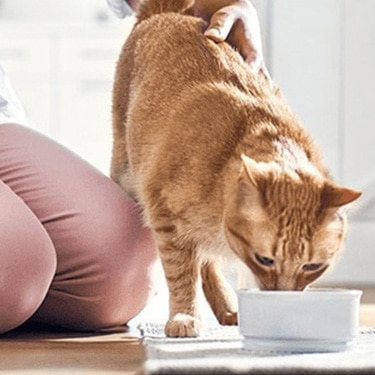
Show some love with wet foods: a great choice for pets with health issues.

Learn what to look for in healthy pet food & nutrition, including ingredients, quality of the manufacturer, your pet's age, and any special needs they have.

Where you store your cat and dog food can make a big difference in the quality and freshness once it is opened. Here are some common questions and recommendations for optimal storage for all of Hill’s dry and canned cat and dog food.
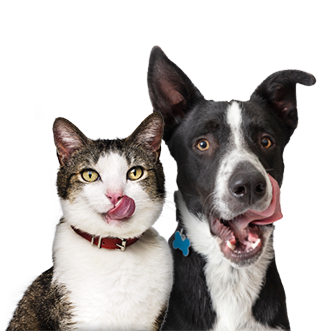
Put your pet on a diet without them knowing
Our low calorie formula helps you control your pet's weight. It's packed with high-quality protein for building lean muscles, and made with purposeful ingredients for a flavorful, nutritious meal. Clinically proven antioxidants, Vitamin C+E, help promote a healthy immune system.
Put your pet on a diet without them knowing
Our low calorie formula helps you control your pet's weight. It's packed with high-quality protein for building lean muscles, and made with purposeful ingredients for a flavorful, nutritious meal. Clinically proven antioxidants, Vitamin C+E, help promote a healthy immune system.

